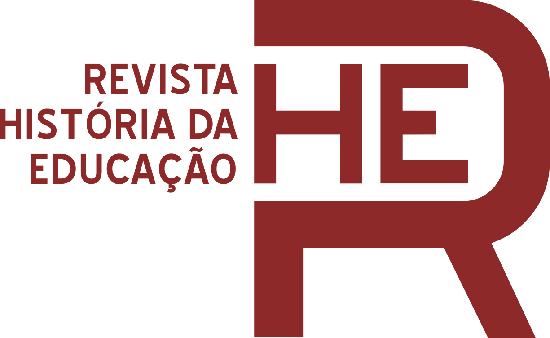Abstract
The formation of the Latvian immigrant colony in Varpa, in the interior of São Paulo, began in 1922. Due to precarious sanitary and food conditions, deaths began to occur, especially among children under the age of 14. The aim was to analyze texts about the finitude of life from the Rihta Rasa magazine, published in 1925 and 1926. We analyzed five short stories and one poem that referred to the health-disease-death process. The material gave centrality to children, a condition that directed the conduct and beliefs of the fictionalized characters. Religious practice, linked to the predominance of Baptist Protestant beliefs, acted as a link between the members of the community, which was also expressed in their representations of childhood and finitude. The presence of such resources signaled the frequency of child deaths and updated the use of Christian nature-eternity rhetoric as a way to educate about loss, including early losses.
Keywords:
childhood; history of education; latvian immigrants; finitude of life

 Thumbnail
Thumbnail
 Thumbnail
Thumbnail
 Thumbnail
Thumbnail
 Thumbnail
Thumbnail
 Fonte: Acervo da Fazenda Palma.
Fonte: Acervo da Fazenda Palma.
 Fonte: Acervo da Fazenda Palma.
Fonte: Acervo da Fazenda Palma.
 Fonte: Fotografia digitalizada por Eduardo Dantas, parte do acervo do Museu Janis Erdberg, da Prefeitura de Tupã/SP, s/d. Concedida e de uso autorizado aos autores.
Fonte: Fotografia digitalizada por Eduardo Dantas, parte do acervo do Museu Janis Erdberg, da Prefeitura de Tupã/SP, s/d. Concedida e de uso autorizado aos autores.
 Fonte: Acervo da Fazenda Palma, s/d.
Fonte: Acervo da Fazenda Palma, s/d.